Birds of prey are nature’s perfect aerial hunters, commanding the skies with a deadly efficiency that has fascinated humans for millennia. Unlike songbirds that announce their presence with melodious calls, raptors have developed sophisticated silent communication methods that serve their predatory lifestyle. These magnificent hunters—eagles, owls, hawks, falcons, and others—have evolved remarkable ways to “speak” without making a sound, allowing them to coordinate hunting efforts, defend territories, and maintain social bonds without alerting potential prey. This silent language represents one of nature’s most fascinating adaptations, enabling these birds to reign supreme in their ecological niches while maintaining the element of surprise that is crucial to their hunting success.
The Evolutionary Advantage of Silent Communication
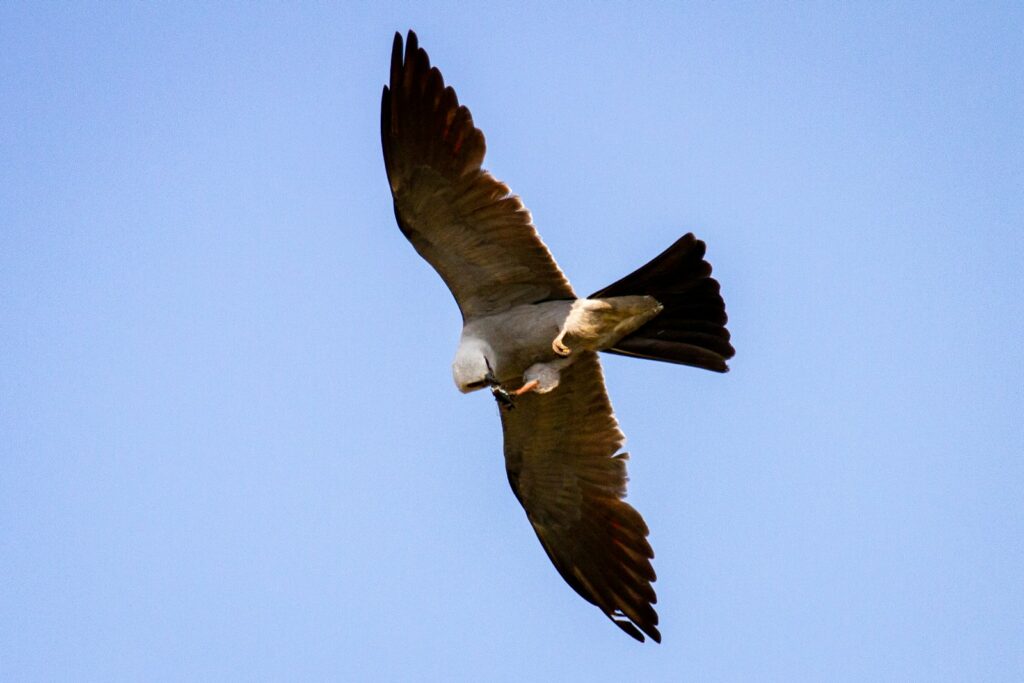
For birds of prey, vocalizing can be counterproductive to their primary objective: successful hunting. Evolutionary pressures have shaped raptors to develop alternative communication methods that don’t compromise their stealth. Unlike social birds that benefit from vocal announcements, predatory birds gain a significant advantage by remaining undetected until the moment of attack. This evolutionary trajectory has resulted in sophisticated visual and physical communication systems that allow these birds to convey complex information without sound. The ability to communicate silently represents millions of years of evolutionary refinement, helping raptors maintain their position as apex aerial predators in diverse ecosystems around the world.
1. Body Language: The Primary Silent Messenger
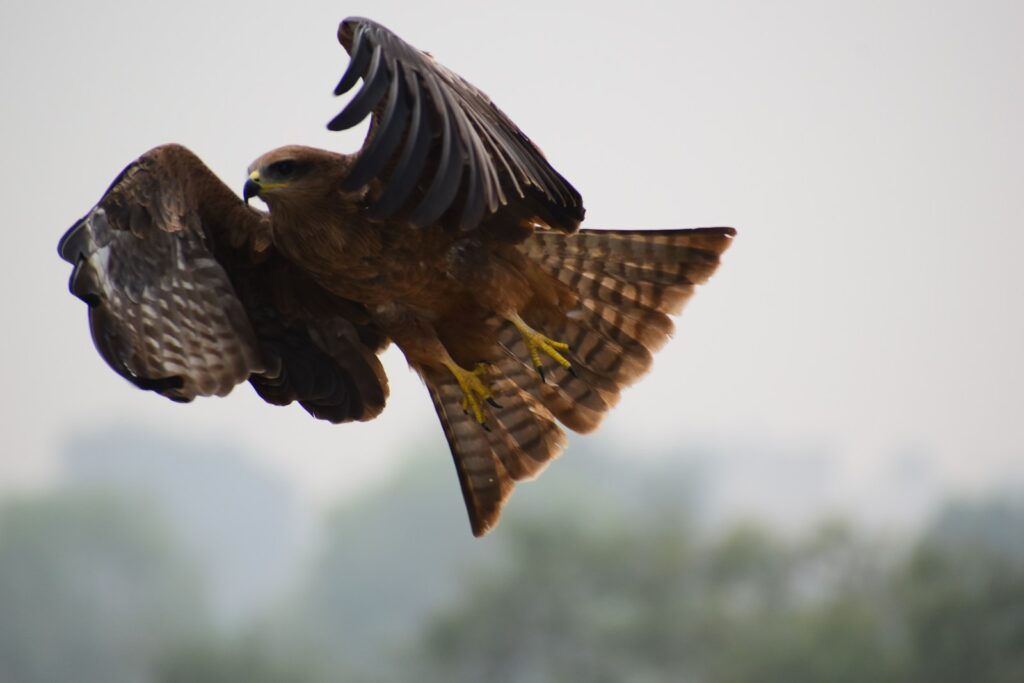
Raptors have developed an intricate language of postures and movements that convey specific messages to conspecifics. The position of wings, tail feathers, and body orientation all carry significant meaning in raptor communication. For example, a bald eagle with lowered head, partially spread wings, and raised hackle feathers is clearly communicating a threat to potential intruders. Hawks may perform specific flight patterns to signal territorial boundaries to neighboring birds without making a sound. These body language cues are particularly important during breeding season when pairs need to coordinate nest-building and protection activities efficiently. Even subtle movements like pupil dilation or the angle of head-turning can communicate vital information about food sources or potential threats.
Threat Displays: Silent Warnings
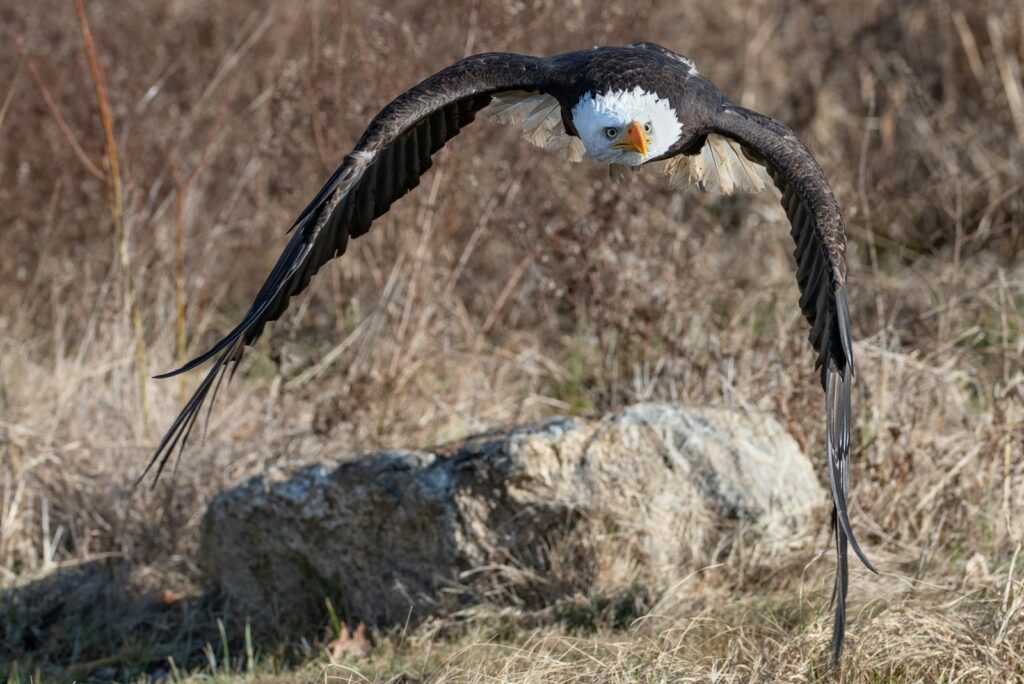
Among the most dramatic forms of silent communication are the threat displays performed by birds of prey when defending territory or nest sites. These visual warnings serve as powerful deterrents without requiring vocalization. A peregrine falcon may puff up its feathers, spread its wings in a mantling position, and fix potential threats with an intense stare—all without making a sound. Great horned owls can appear to nearly double their size through feather manipulation when threatened, creating an imposing visual message that effectively communicates “stay away” to potential competitors or threats. These silent displays are often sufficient to resolve territorial disputes without physical confrontation, conserving valuable energy while maintaining territorial boundaries. The effectiveness of these visual warnings has been refined over countless generations, resulting in communication systems that are both energy-efficient and remarkably clear to other raptors.
2. Visual Signals: Plumage and Display
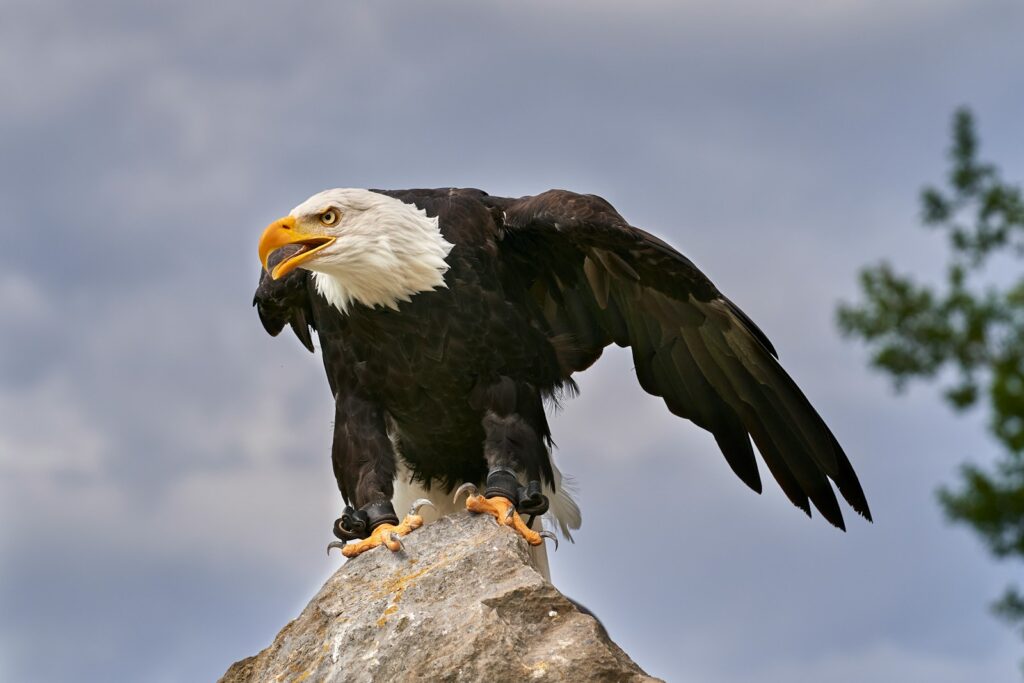
The distinctive plumage patterns of raptors serve functions beyond camouflage—they act as visual signals that communicate important information to other birds. Many species have evolved specific feather patterns that are flashed or revealed during communication displays. The white undertail coverts of a red-tailed hawk, for instance, become visible during certain flight patterns and serve as recognition signals to potential mates. Ospreys display their distinctive wing patterns during courtship flights, communicating their fitness and species identity without vocalizing. These visual signals are particularly effective for birds with exceptional vision, allowing complex information to be transmitted across considerable distances. The strategic revelation of certain color patterns or distinctive markings represents a sophisticated visual vocabulary that eliminates the need for sound-based communication in many social interactions.
Courtship Displays: Romance Without Words
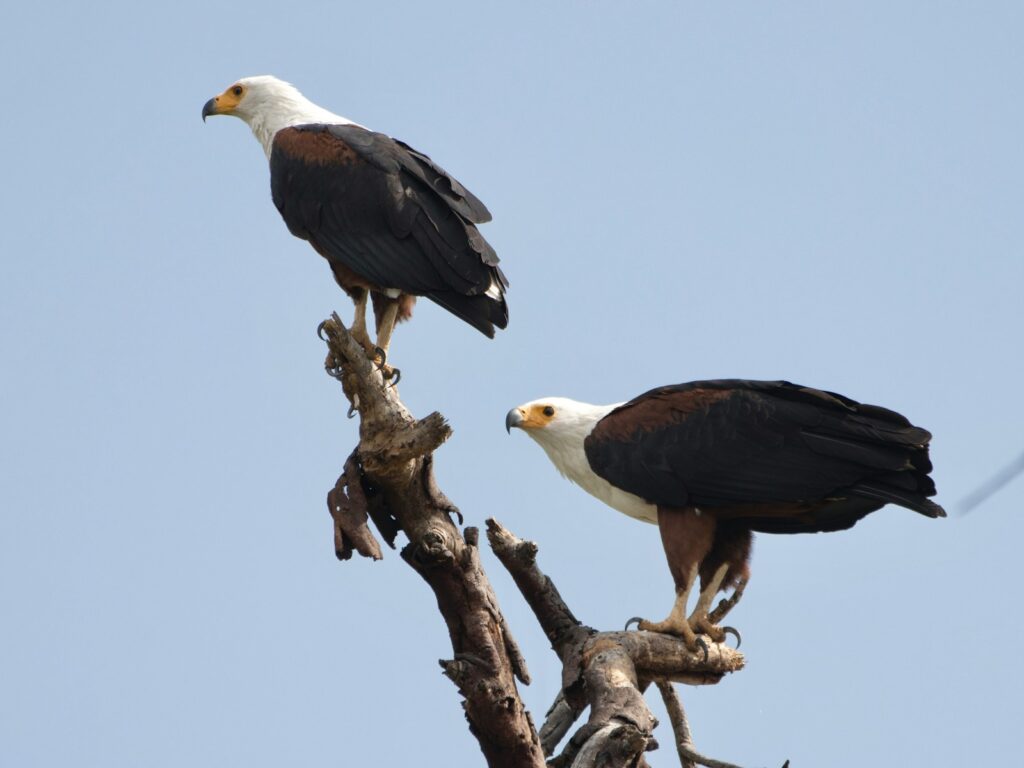
Perhaps nowhere is silent communication more dramatically displayed than in the elaborate courtship rituals of birds of prey. Male eagles, hawks, and falcons perform spectacular aerial acrobatics to attract and impress potential mates without uttering a sound. The famous sky-dancing behavior of northern harriers involves a series of undulating dives and climbs that demonstrate the male’s fitness and flying ability to watching females. Peregrine falcons engage in breathtaking flight displays where pairs fly in perfect synchronization, sometimes passing food items mid-air in a silent demonstration of coordination and compatibility. These silent courtship rituals not only preserve the stealth necessary for successful hunting but also serve as honest indicators of genetic quality and physical capability. The complexity and precision of these displays communicate far more about a potential mate’s fitness than vocalizations ever could.
3. Chemical Communication: The Invisible Signal

Recent research has revealed that birds of prey utilize chemical signals more extensively than previously understood. While less visible than physical displays, these chemical messages play an important role in territory marking and reproductive communication. Many raptors possess specialized scent glands that produce distinctive pheromones deposited during perching or when rubbing against branches. These chemical signatures can persist in the environment for days or weeks, providing a long-lasting territorial marker that requires no ongoing energy expenditure. During breeding season, chemical signals become particularly important as they help synchronize reproductive readiness between potential mates. Though invisible to human observers, these chemical communications create an olfactory landscape that other raptors can read and interpret as clearly as visual signals.
Scent Marking: Drawing Invisible Boundaries
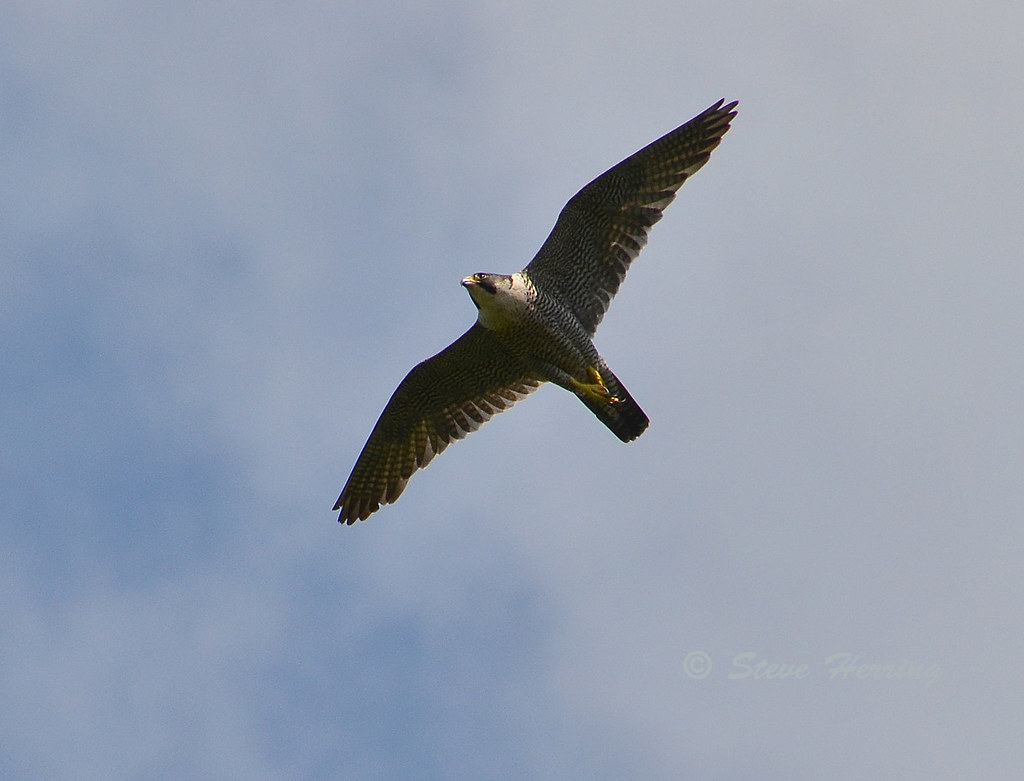
Territory establishment among many raptor species involves a systematic application of scent markers that define spatial boundaries without requiring vocal announcements. Eagles and hawks frequently urinate on perch sites or rub their oil glands against prominent branches to deposit their chemical signature. These scent markers serve as persistent warnings to potential intruders, functioning like silent “no trespassing” signs that remain effective even when the territory holder is hunting elsewhere. The composition of these chemical signals can communicate specific information about the marking bird’s sex, reproductive status, and even individual identity. For nocturnal hunters like owls, which operate in low-light conditions where visual signals may be less effective, chemical communication takes on heightened importance in maintaining territorial boundaries and finding potential mates.
4. Tactical Hunting Coordination
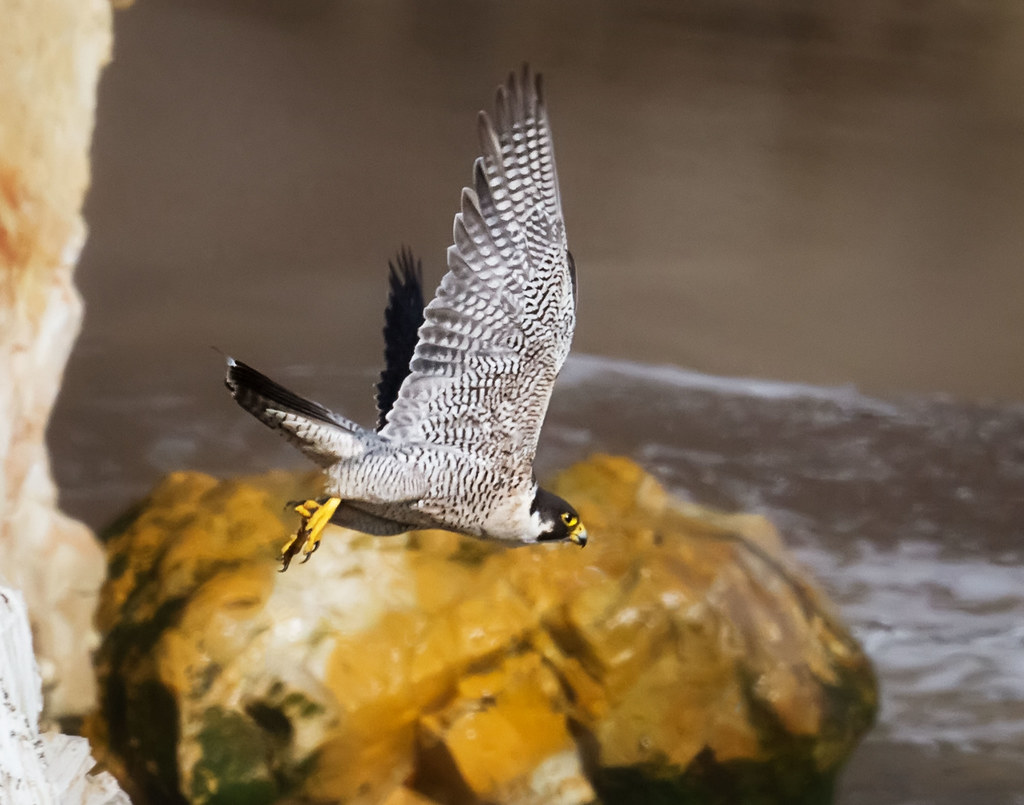
Some raptor species have developed remarkable abilities to coordinate hunting activities with partners or family groups without vocal communication. Mated pairs of Harris’s hawks, for instance, employ sophisticated cooperative hunting strategies where individuals take specific positions to flush prey toward waiting partners. This coordination happens through a series of subtle movements and positioning cues rather than vocal signals that might alert prey. Northern goshawks hunting in family groups will systematically move through forest habitat in coordinated patterns, using visual awareness of each other’s positions to maximize hunting efficiency. The silence maintained during these coordinated hunts is essential to their success, as prey animals are highly attuned to detecting warning calls or hunting vocalizations. These silent hunting partnerships demonstrate the remarkable sophistication of non-vocal communication systems among birds of prey.
Family Group Communication: Silent Teaching
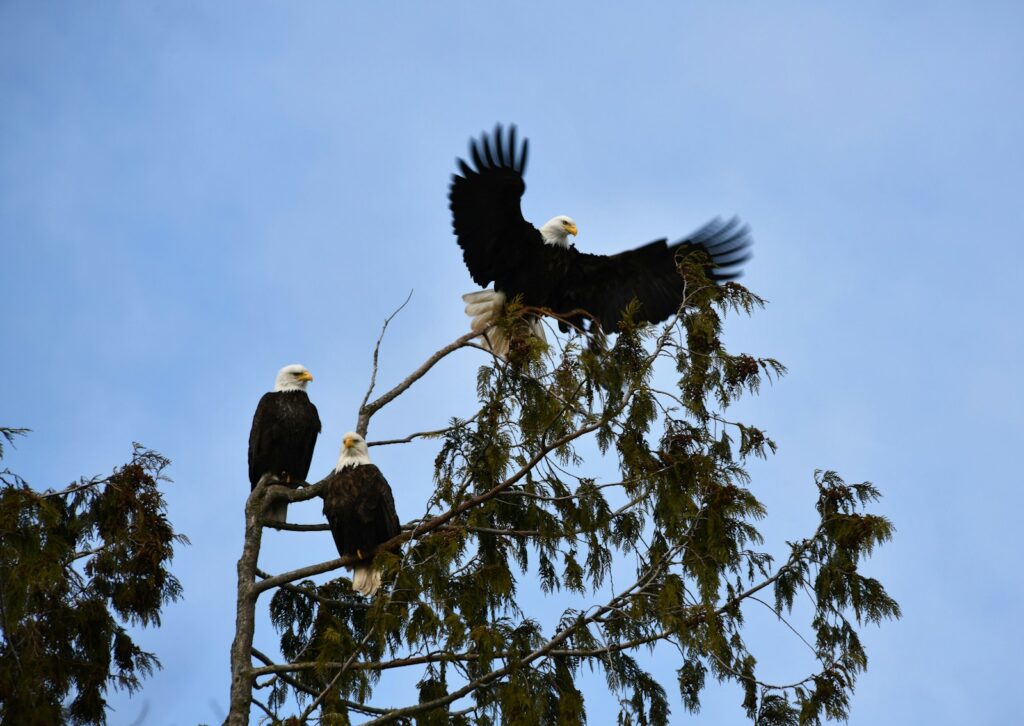
Parent raptors face the challenge of teaching hunting and survival skills to their young without compromising stealth, leading to fascinating silent educational methods. Eagle parents demonstrate hunting techniques through visual modeling, allowing fledglings to observe and mimic successful strategies. Owl parents use body positioning and wing gestures to direct young birds toward potential prey items or to signal danger. These teaching methodologies rely on the exceptional observational abilities of young raptors rather than vocal instructions. Juvenile birds learn to interpret these subtle signals from an early age, developing the communication skills necessary for their future survival as silent hunters. This educational process represents an impressive transmission of both hunting techniques and the silent communication methods that will serve young birds throughout their lives.
5. Synchronized Behavior: Unspoken Understanding
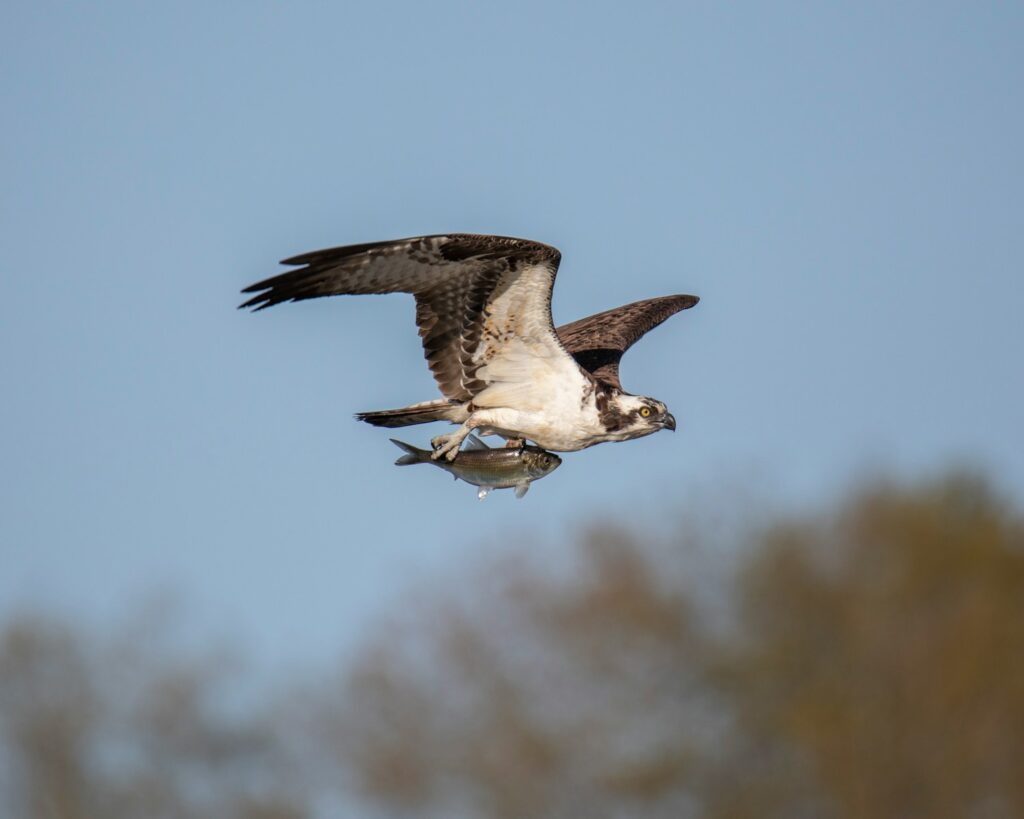
Long-term raptor pairs develop remarkable levels of behavioral synchronization that allows them to coordinate activities without any apparent communication. Researchers studying bonded eagle pairs have documented instances where birds simultaneously adjust nest materials, shift incubation duties, or respond to distant threats with perfectly matched movements despite no observable signal passing between them. This silent coordination extends to hunting activities, where pairs maintain optimal spacing and positioning without vocal coordination. This phenomenon suggests a level of anticipatory understanding between bonded birds that transcends conventional communication models. The development of this synchronized behavior likely results from years of association and represents one of the most sophisticated forms of silent “communication” among birds of prey.
The Limits of Silent Communication
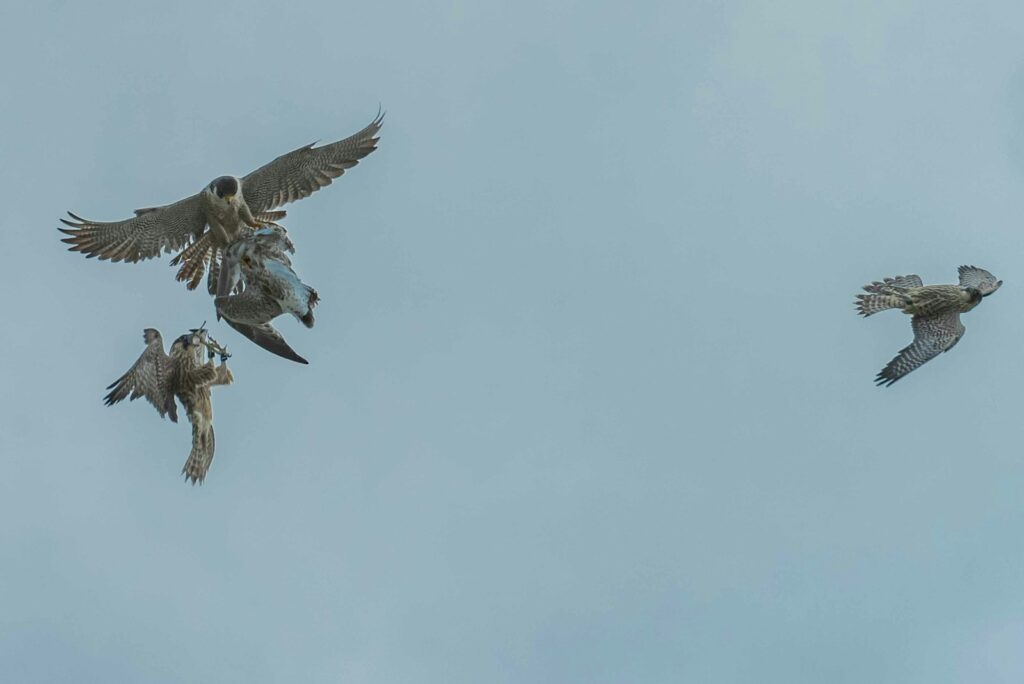
Despite the sophistication of silent communication methods, there are situations where raptors must resort to vocalization. During moments of extreme danger, territorial disputes that escalate beyond display rituals, or when separated from young by significant distances, vocal calls become necessary. The fact that raptors possess vocal capabilities but use them sparingly underscores the evolutionary advantage of silent communication in their hunting lifestyle. This strategic deployment of sound represents a calculated trade-off between the benefits of clear, long-distance communication and the advantages of stealth. Understanding when raptors choose to break their silence provides valuable insights into the limitations of non-vocal communication systems and the critical thresholds that necessitate audible signals.
Scientific Study of Silent Communication

Researching silent communication presents unique challenges for ornithologists seeking to understand raptor behavior. Traditional study methods focused on vocalizations must be supplemented with sophisticated observation techniques, including high-speed photography, infrared imaging for nocturnal species, and chemical analysis of perch sites. Modern research increasingly employs GPS tracking combined with video monitoring to correlate subtle movements with specific outcomes in hunting and social interactions. These studies reveal increasingly complex patterns of non-vocal communication that were previously overlooked in behavioral research. As technology advances, our understanding of these silent communication systems continues to deepen, revealing new dimensions of sophistication in raptor social behavior and challenging conventional understandings of bird communication.
Conservation Implications
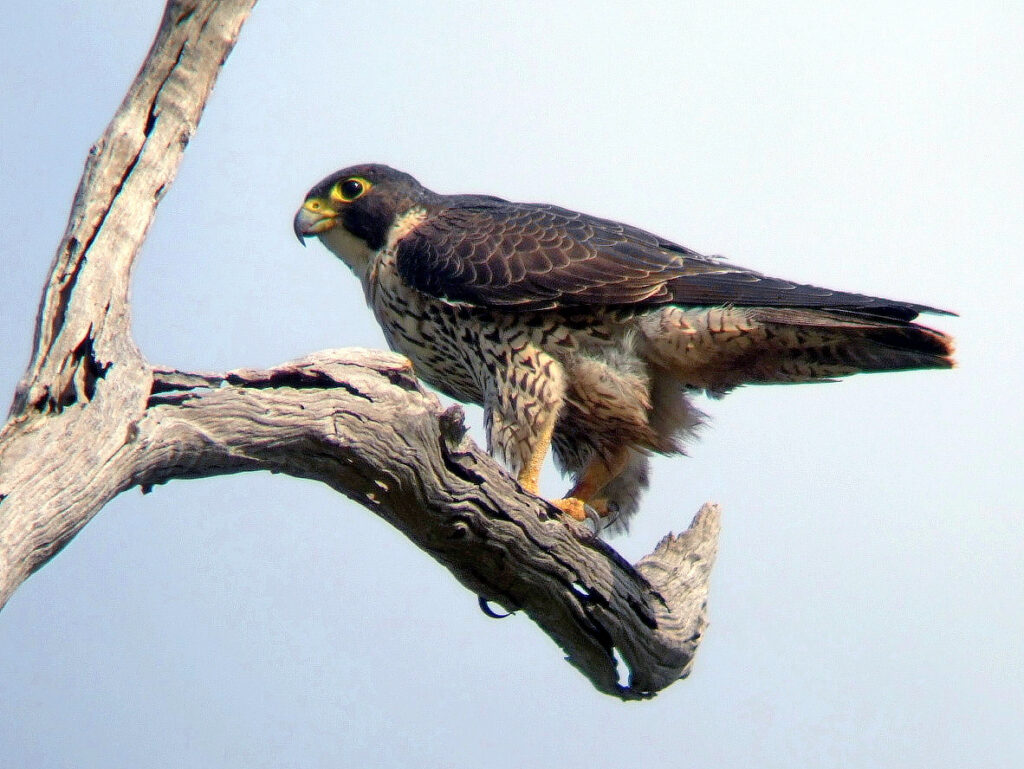
Understanding the silent communication methods of birds of prey has important implications for conservation efforts. Habitat management must consider not just the physical requirements of raptors but also the environmental conditions that facilitate their specialized communication systems. Visual signals require appropriate perching sites with good sightlines, while chemical communication depends on the persistence of scent markers on stable environmental features. Human disturbances that might seem benign from a habitat perspective could significantly disrupt silent communication networks if they interfere with line-of-sight between territories or remove important scent-marking locations. Conservation strategies that incorporate knowledge of these communication systems can better protect the functional integrity of raptor territories beyond simply preserving physical habitat features. This holistic approach to raptor conservation represents an evolution in wildlife management practices informed by deeper behavioral understanding.
Conclusion: The Eloquence of Silence

The sophisticated silent communication methods employed by birds of prey represent one of nature’s most remarkable adaptations. These systems allow raptors to coordinate complex social behaviors, establish territories, find mates, and hunt cooperatively—all while maintaining the stealth that is crucial to their survival. From the dramatic visual displays of courtship to the subtle chemical signals that mark territories, these communication methods demonstrate the incredible diversity of solutions that evolution can produce when vocal communication becomes disadvantageous. As we continue to study and understand these silent languages, we gain not only greater appreciation for the complexity of raptor behavior but also deeper insights into the fundamental nature of communication itself. In the world of birds of prey, silence truly speaks volumes—revealing that effective communication need not make a sound to convey rich and complex messages.
